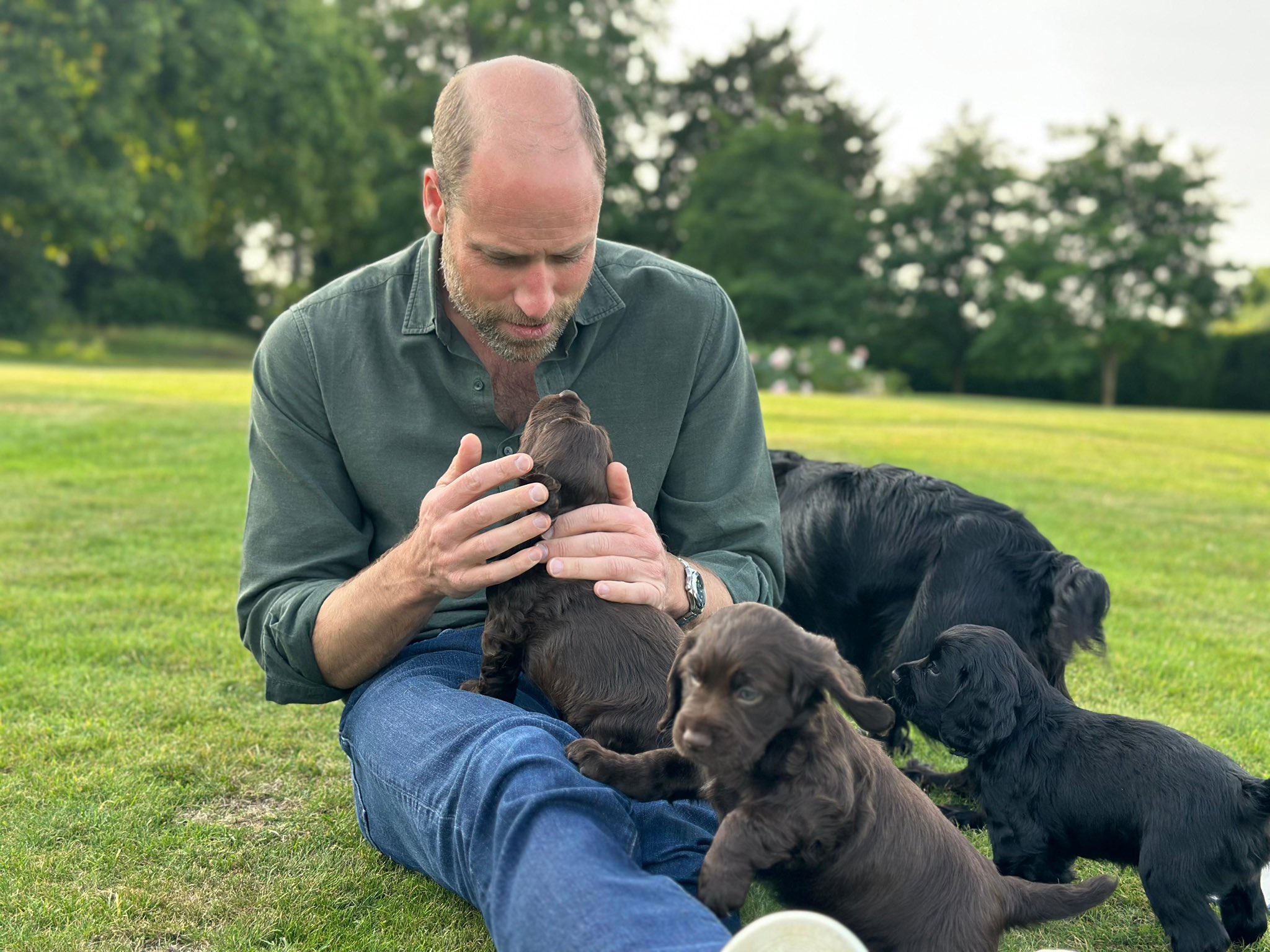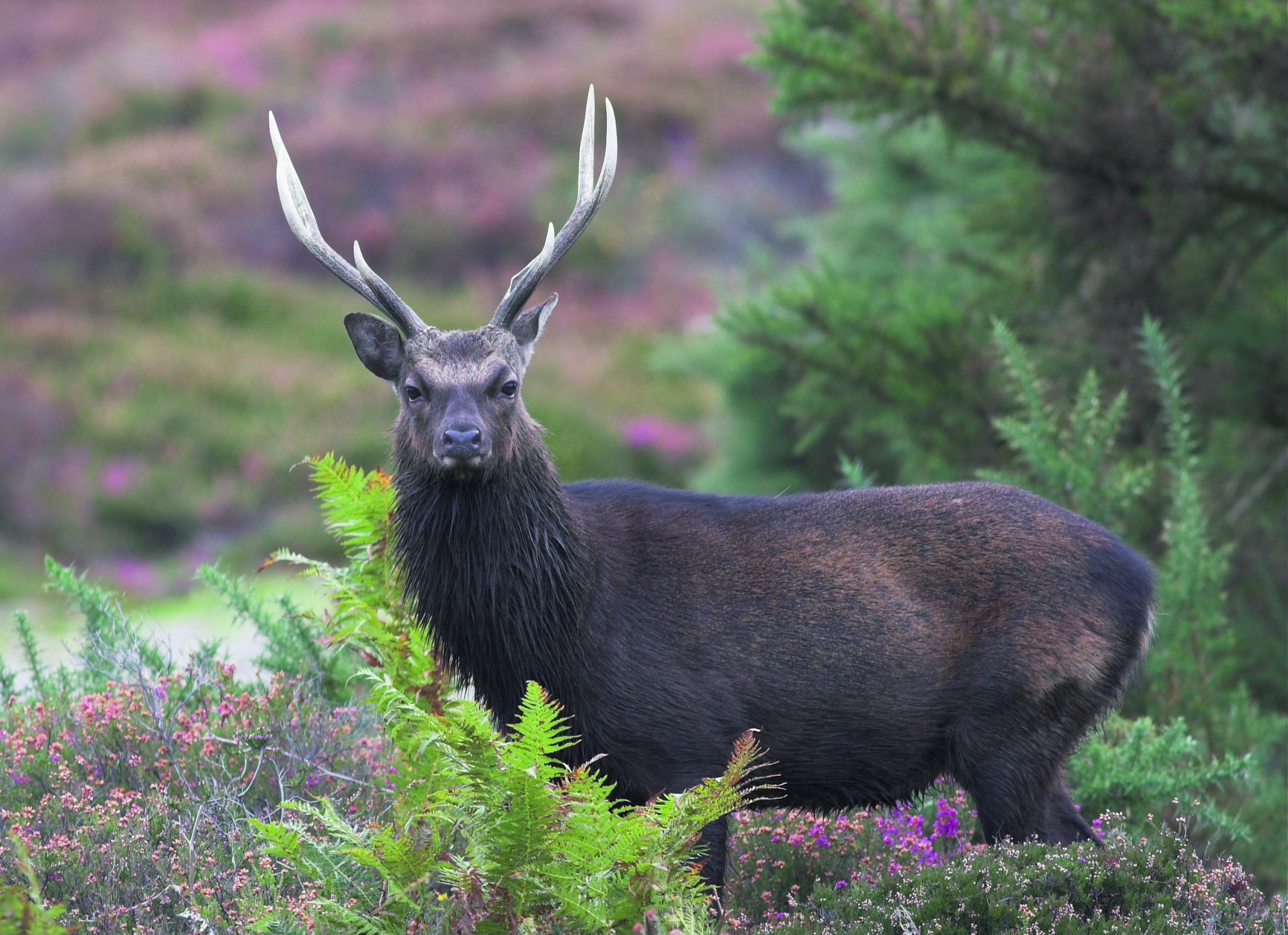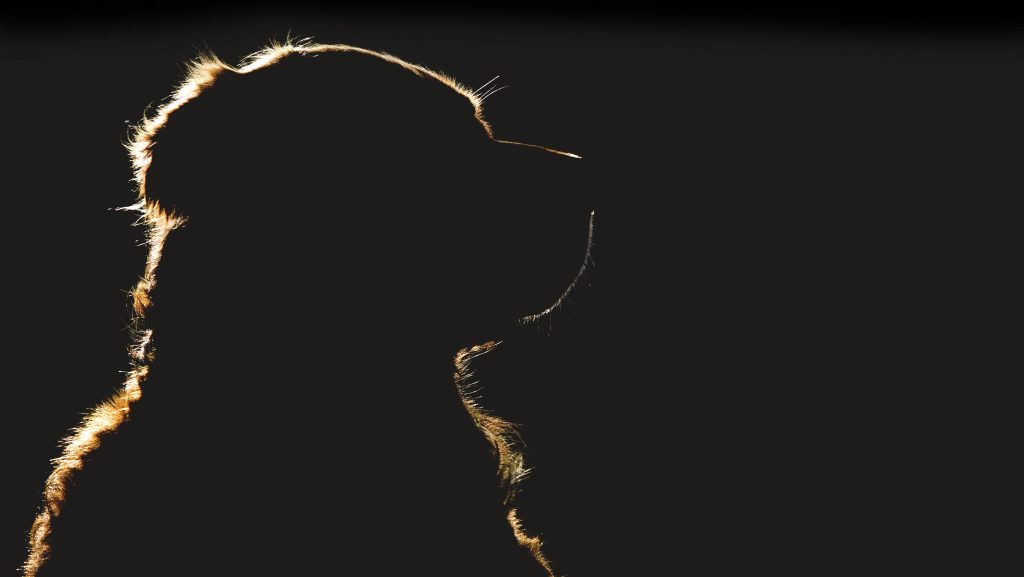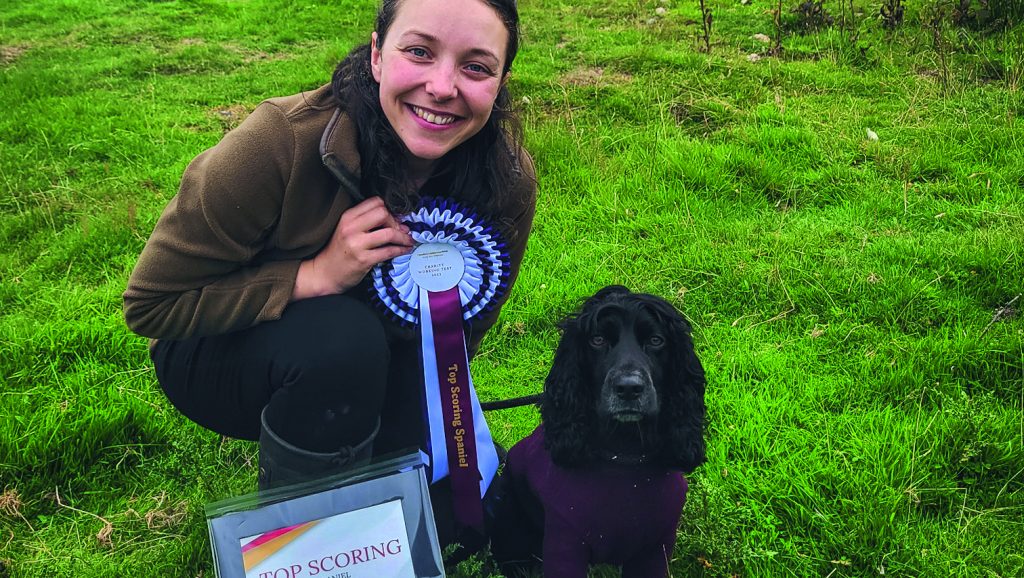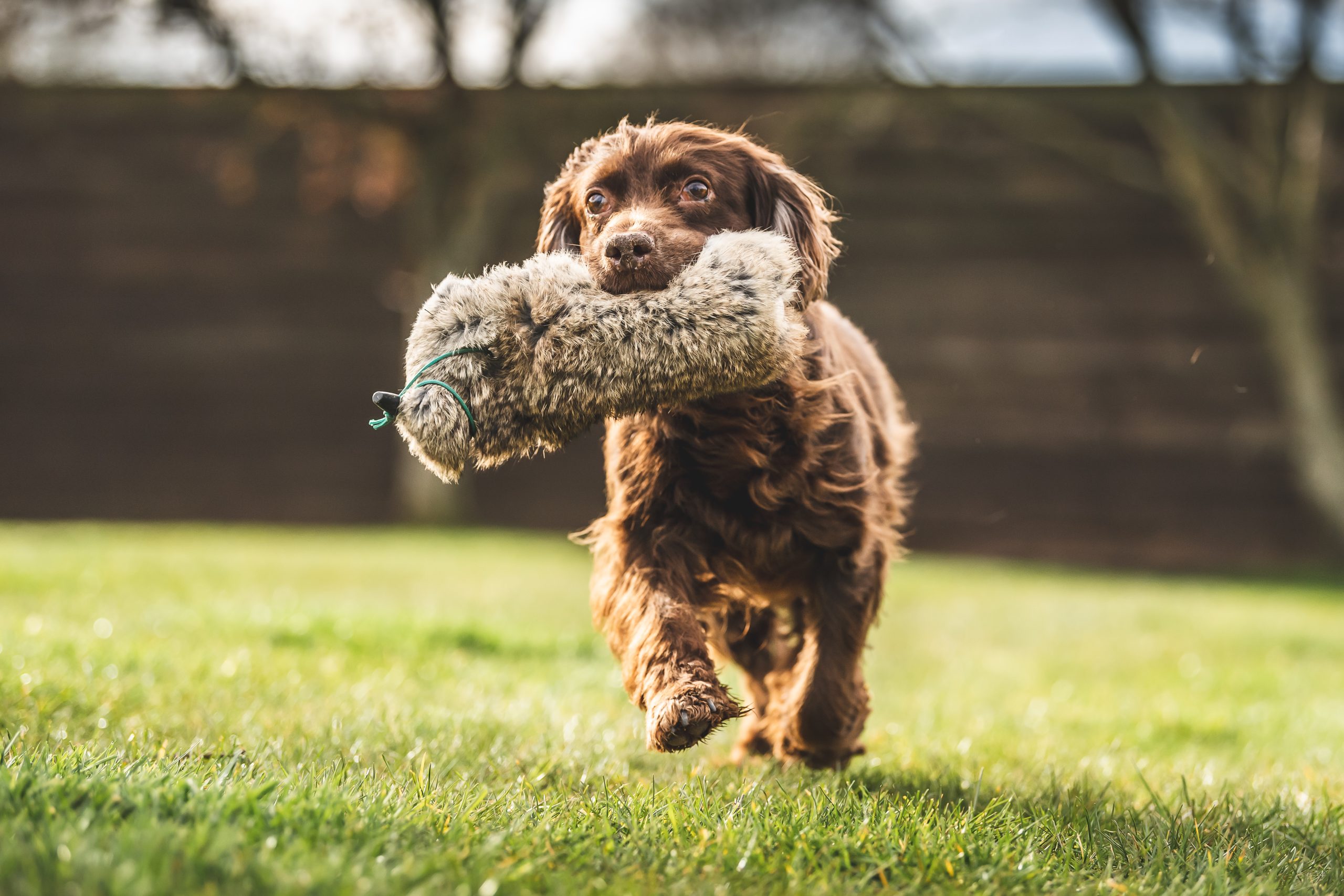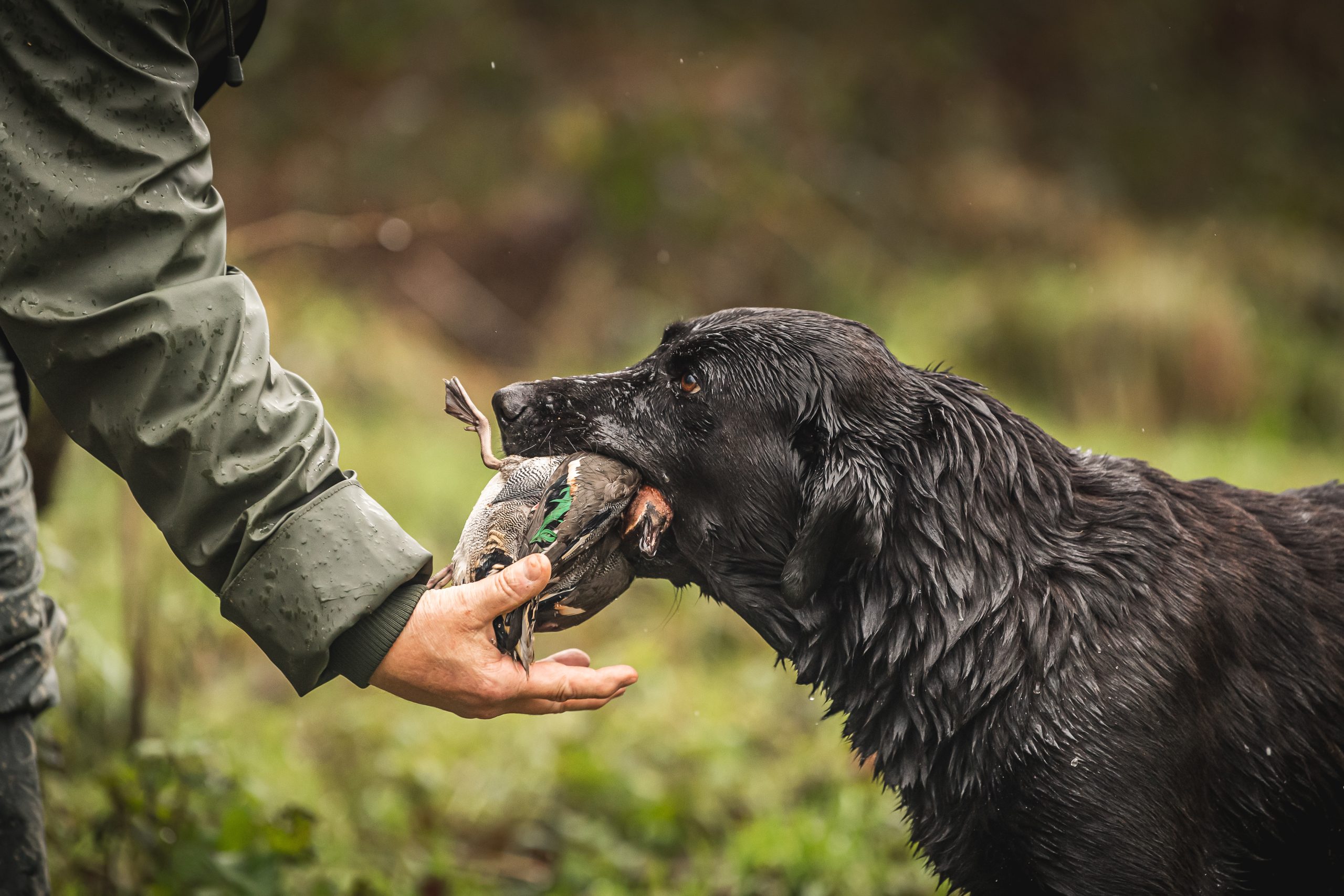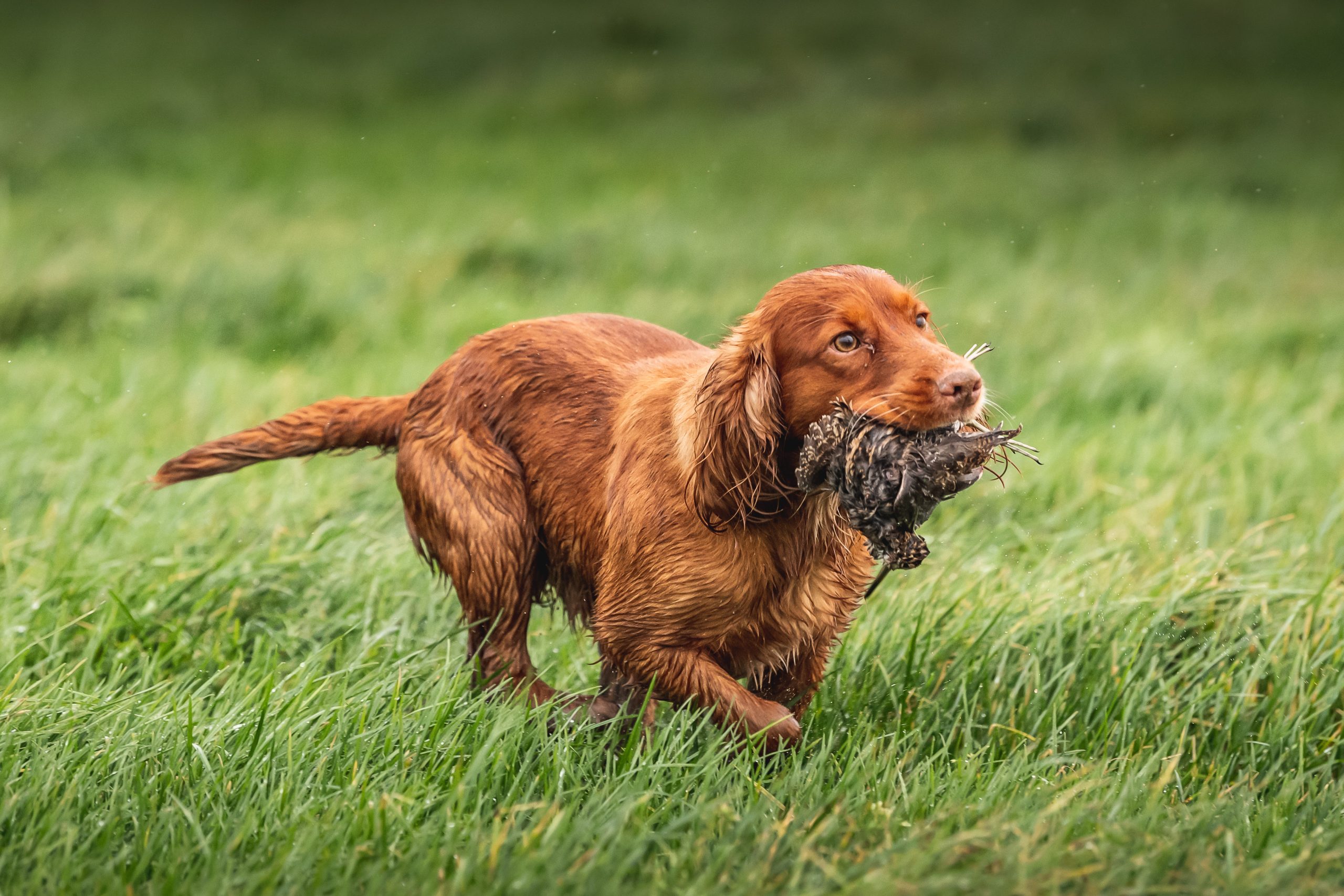Gundogs
Gundogs buying guides
Pick of the litter: how to choose your best working dog puppy
Would you like to speak to our readers? We offer sponsored articles and advertising to put you in front of our audience. Find out more.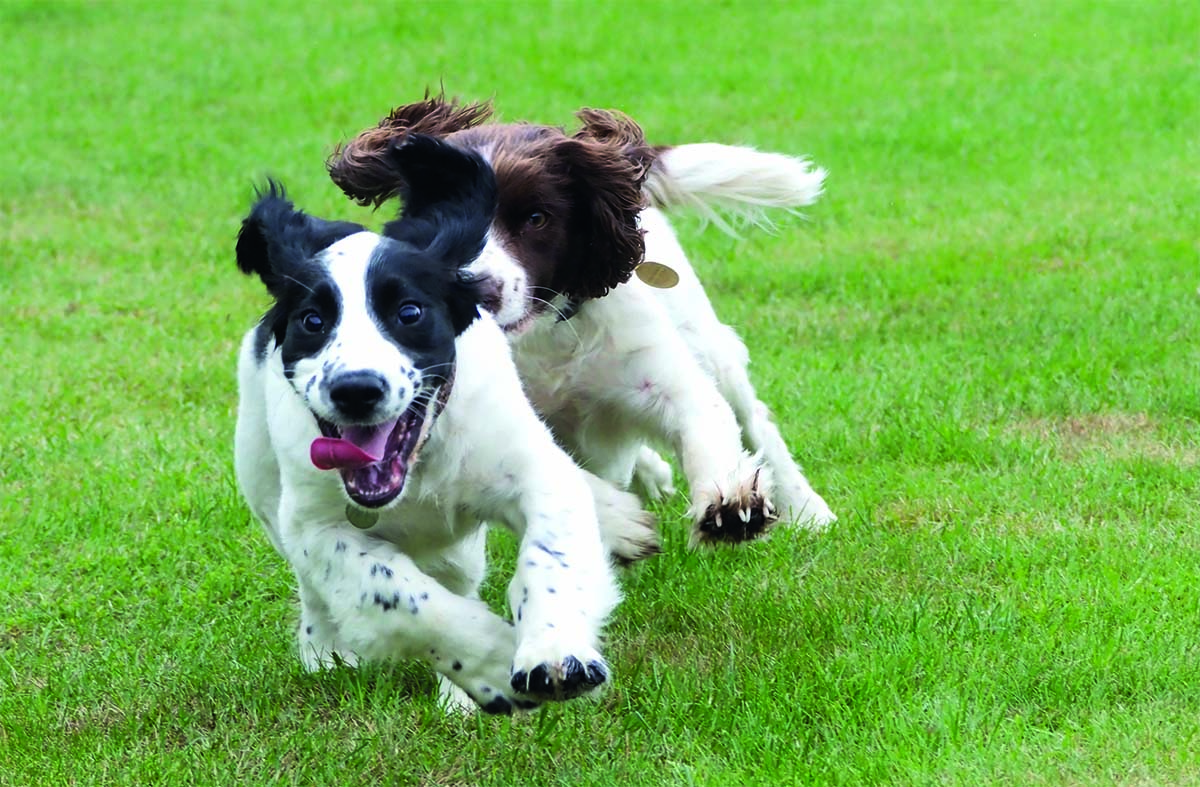 Choose the boldest puppy in the litter
Choose the boldest puppy in the litter
There are few young animals more irresistible than a gundog puppy, a fact that makes choosing the one you like best out of a litter of puppies all the more difficult. Most gundog books will advise on choosing the best puppy, but the advice is often contradictory. In Gundogs: Training and Field Trials, Peter Moxon admits that even for someone experienced in gundogs, it is extremely difficult to pick the best puppy from a litter. He adds that, “Such important things as nose, pace and love of cover and water will be impossible to discover in all but exceptional circumstances.”
Moxon goes on to say that he has usually been very lucky in his choice by nearly always picking the smallest puppy, but then states that, “Generally speaking, the best bet is the bold puppy that comes up to you fearlessly, does not back away when you extend your hands to him, or rolls on his back.” That, in my experience, is rarely the smallest puppy, so this seems to be a case of ‘do what I say, not what I do.’
However, much of Moxon’s advice is as sound today as when he wrote it 70 years ago. He liked puppies with broad heads, straight legs and a good tail, reminding his readers that tail action in a working dog is most important. “A puppy that keeps his flag wagging is likely to be a stylish one.” He didn’t like spaniels that were docked too short, while he favoured labradors with good, thick otter tails. He also liked dogs with short backs, well-developed chests and muscles, as well as bright eyes. A reminder of changing times is his advice to make sure that the puppy is free from skin vermin and that there are no obvious defects, such as rickets. These days rickets, a disease caused by a deficit of vitamin D, is rare, and I don’t think that anyone would dare try to sell a puppy that has what he refers to as ‘skin vermin’.
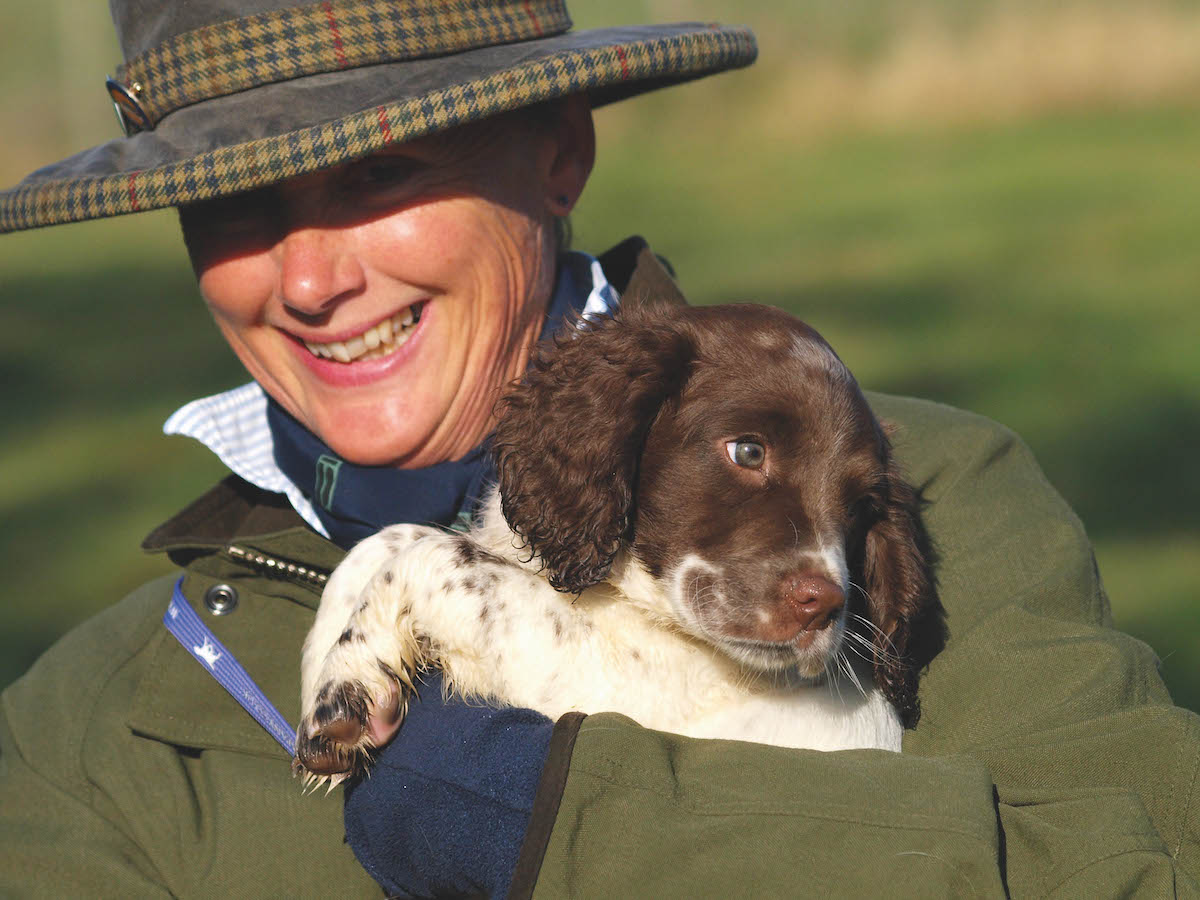
In every litter of working gundog puppies there will be those that have more natural ability than others
Moxon was writing at a time when no one had invented the term COI, or coefficient of inbreeding, and there was little concern or even awareness of the problems of genetic diseases. He urges looking at a pedigree to make sure that it contains field trial winners, or better still field trial champions. My advice would be to make sure that the names of the same stud dogs don’t appear in the ancestry of both the dam and the sire. Outbred puppies are always more likely to be healthy than those from closely related lines.
If you are planning to compete with your puppy, then it’s essential that it is registered with the Kennel Club. However, this does add to the price, and there’s no reason at all why a puppy from unregistered parents shouldn’t also be a good worker. The best clue to working ability is to discover how good the parents are, but even this is hardly infallible. In every litter of working puppies, there will be those that have more natural ability than others. Just as we have different talents to our brothers and sisters, it’s the same with puppies.
Intuition
I’m a strong believer in following your own intuition when choosing a puppy. If there’s one that you particularly like, whatever the reason, then that’s the one to go for.
With springer spaniel puppies, I’ve always opted for the individual whose markings most appealed to me — I like heavily marked animals. However, I found with the litters I bred that the puppies were still sharply black and white or liver and white at eight weeks, but before they were six months the areas of white had become heavily flecked and spotted, which is also known as ‘roan’ in a cocker.
Cockers are great as there’s such a choice of colours, though solid black puppies are currently the most numerous in working lines. I would always avoid choosing a black dog simply because they are so hard to see in the dark — and they’re not good for photography either, but that’s my own personal bias. Incidentally, after 40 years of black-and-white springers, I now have a liver-and-white sprocker. If there had been a black-and-white bitch in the litter I would have probably chosen it, but there wasn’t, and the old saying that a good horse can’t be a bad colour applies just as much to dogs.
The choice of sex is a subject that deserves an article of its own, but most of us have already decided whether we want a dog or a bitch before we go to look at a litter. For some reason, bitches tend to be more popular than dogs, so most breeders will charge a premium for them. The worst mistake you can make as a puppy buyer is acquiring two from the same litter, which is double trouble and all the more difficult if one is a bitch and the other a dog.
A friend who has had working gundogs all his life assures me that his best-ever dog was a small spaniel bitch that was the runt of the litter that nobody wanted, which just proves that there are no hard rules when it comes to puppy selection, but there’s a lot of luck involved.
Related articles
Gundogs
Saying goodbye to a gundog
It’s the most difficult of subjects but here Tom Jones faces up to the sad reality of losing a beloved gundog and realises just how much they give us.
By Time Well Spent
Gundogs
How to curb nerves on your first working test
What can gundog handlers learn from sport psychology? Novice handler Emily Cartigny tries to curb the nerves in her first working test.
By Time Well Spent
Manage Consent
To provide the best experiences, we use technologies like cookies to store and/or access device information. Consenting to these technologies will allow us to process data such as browsing behavior or unique IDs on this site. Not consenting or withdrawing consent, may adversely affect certain features and functions.
Functional Always active
The technical storage or access is strictly necessary for the legitimate purpose of enabling the use of a specific service explicitly requested by the subscriber or user, or for the sole purpose of carrying out the transmission of a communication over an electronic communications network.
Preferences
The technical storage or access is necessary for the legitimate purpose of storing preferences that are not requested by the subscriber or user.
Statistics
The technical storage or access that is used exclusively for statistical purposes.
The technical storage or access that is used exclusively for anonymous statistical purposes. Without a subpoena, voluntary compliance on the part of your Internet Service Provider, or additional records from a third party, information stored or retrieved for this purpose alone cannot usually be used to identify you.
Marketing
The technical storage or access is required to create user profiles to send advertising, or to track the user on a website or across several websites for similar marketing purposes.

